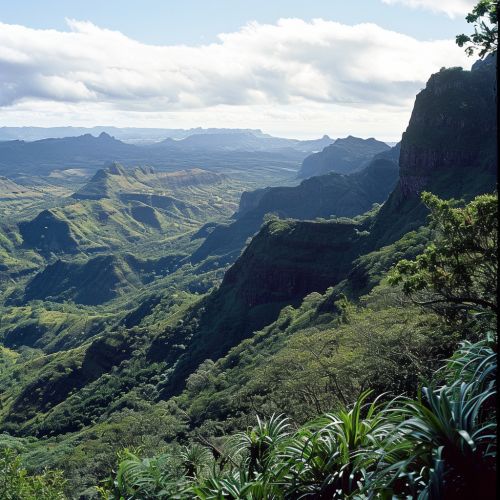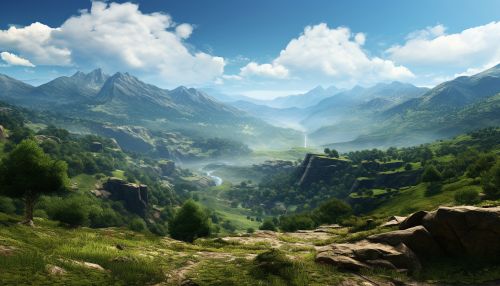Massif Central
Geography
The Massif Central is a highland region located in the heart of southern France. It covers approximately 15% of the country, making it one of the largest single geological features in France. The region is primarily composed of mountains and plateaus, with the highest peak, Puy de Sancy, reaching an elevation of 1,886 meters. The Massif Central is a result of geological processes that took place over millions of years, including volcanic activity and erosion, which have shaped its unique landscape.


Geology
The geology of the Massif Central is complex, with a history that spans over a billion years. The region is made up of a variety of rock types, including granites, basalts, and gneisses, which reflect its diverse geological history. The Massif Central is known for its volcanic activity, with the last eruptions occurring approximately 7,000 years ago in the Chaine des Puys region. These volcanic features are an integral part of the landscape, with numerous volcanic cones, craters, and lava flows scattered throughout the area.
Flora and Fauna
The Massif Central is home to a diverse range of flora and fauna, thanks to its varied climate and topography. The region boasts several natural parks, including the Cevennes National Park and the Auvergne Volcanoes Regional Park, which protect its biodiversity. The flora of the Massif Central includes a variety of tree species, such as beech, oak, and chestnut, as well as a plethora of wildflowers in the spring and summer months. The fauna is equally diverse, with species such as the European wildcat, roe deer, and various birds of prey inhabiting the region.
Climate
The climate of the Massif Central varies greatly due to its size and geographical features. The region experiences a temperate climate, with cool winters and warm summers. However, the high altitude areas, particularly the mountainous regions, can experience harsher weather conditions, with heavy snowfall in the winter and cooler temperatures in the summer. The Massif Central is also known for its strong winds, particularly the Mistral and the Tramontane, which can reach high speeds and significantly influence the local climate.
Human History
The Massif Central has a rich human history, with evidence of human habitation dating back to prehistoric times. The region has been shaped by various cultures and historical events, from the Roman occupation to the French Revolution. The Massif Central is known for its historic towns and villages, many of which feature medieval architecture and historic landmarks. The region also has a strong cultural identity, with unique traditions, cuisine, and dialects.
Economy
The economy of the Massif Central is diverse, with agriculture, tourism, and industry playing significant roles. The region is known for its quality livestock, particularly sheep and cattle, which are used for meat and dairy production. The Massif Central is also a popular tourist destination, with visitors drawn to its natural beauty, outdoor activities, and historic sites. Industry in the region includes mining and manufacturing, with the production of lead, zinc, and coal being significant contributors to the local economy.
